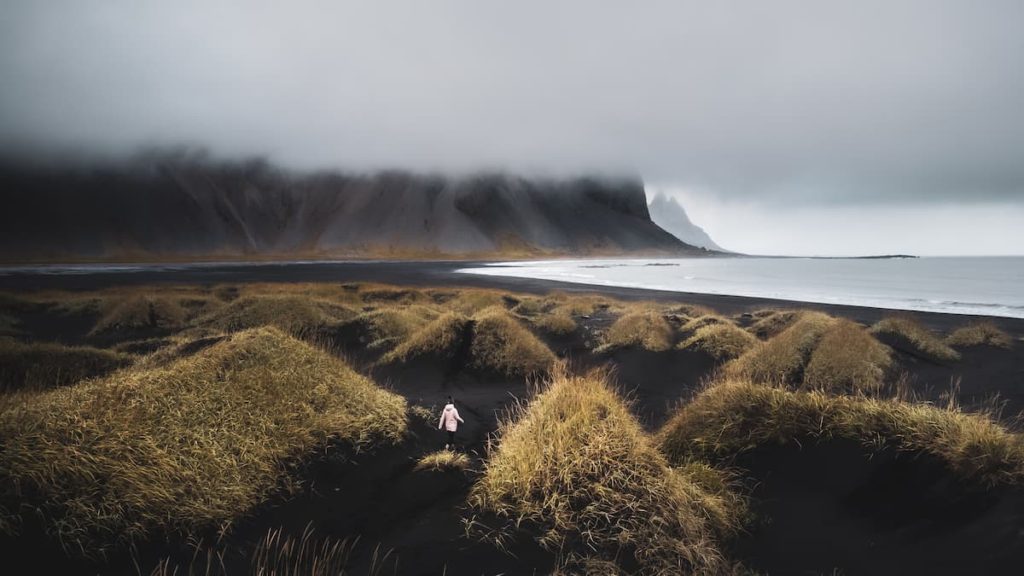
© 2020 Nomadict. All rights reserved.
When I was 16, six years ago, I decided to purchase my first camera. I remember it like it was yesterday. It was a little Canon Rebel bundle set and I was so excited to use it – the camera was mainly going to be used to record video, for at the time that was my main interest. I loved recording small hangouts with friends and family. After a while, the newness went away and I didn’t pick up the camera for quite some time until my second year of college.
My friends and I were going on a snowboarding trip after finishing up with our finals during college. As it was my first attempt at snowboarding, I decided to take my camera with me. Upon returning home, sore from all the falls, I was looking through my photos and I felt so much joy. This adventure with friends fully sparked my passion for photography. Capturing moments of time that we can look at forever is so cool and invaluable. Ever since that day, I have been growing and learning all I can about the art of photography and traveling to different states all around the US. All of my trips are photo-driven and planned according to how and where and when I can get the best possible photograph. Not because I have to, but because it’s so much fun.
Photography – Art – is something that will never leave my life. In school, I majored in communications but Art has always had my biggest attention. I loved musical instruments, I played the drums from a young age and piano later on in life. I believe that music is similar to photography as both have the power to evoke emotion. Both forms of Art make you feel something and are there for individual interpretation. At the same time, there is one story behind the creation. The story of the artist and the meaning behind the artwork. This makes photography or any kind of Art so fulfilling to me. Whether it’s a good or a bad shot, every shot has its story. I can look at a picture and feel a sense of peace. Also, all the memories of that day come flooding back into my head and my body as if I’m experiencing it again, which is awesome.
I’ve many wonderful memories at the beach. Living close to the beach has definitely influenced my photography as well; I used to go out to the beach all the time in order to practice and just get away from the stress that everyday life brought me. Subsequently, a lot of my photographs are photos taken at various coastal locations. They are all beautiful and any beach in the bay area is a good one, however, the beaches close to home are my favorites because they just hold so many memories.
Over the years, I’ve been traveling more and further away, practicing photography in different places. I have learned from my travels and the one that stands out the most is a recent trip that I had. With a few friends, we had planned a road to western Utah, which is about 16 hours away from home. The plan was to visit different National parks within Utah, but there were a few changes at the last minute. Something urgent had come up for my friend and he wasn’t going to be able to be with me the entire trip – this meant that I would have to do half of the trip alone. I had never traveled by myself, and I felt nervous.
It was a special moment for me as I first saw it as bad news and was about to cancel my trip. By changing my perspective and my attitude, by prioritizing my passion instead of fear, I managed to grow, get better, and do what I love. I surprised myself that day; I didn’t think I would decide to go solo but I did – and I met many awesome photographers on my stops while having a great time. My love for adventure and photography helped me push forward and deconstruct any fear or uncertainty.
While that trip boosted my personal growth and self-confidence, my trip to Death Valley National park had a great impact on my technical skills. I had my mind set on trying astrophotography for the first time, had watched countless videos, and felt prepared for the task. After the sunset, I was waiting and waiting. A few hours went by and I started to take my first few shots – to my disappointment they weren’t turning out the way I was expecting. I tried multiple different exposures but it wasn’t the vision and photograph I had in my head. That experience taught me a ton in the long run. It taught me patience, to simply sit and wait for the stars. It also taught me that it’s okay to fail. Failing is just a learning lesson. Not every time you go out you will capture a perfect image. Whether it’s because of weather or something else, the more “setbacks” you encounter, the better you know what to take into account next time. It’s important to not give up and instead of thinking that you are not capable or not good enough, think:
Over time I grew as a landscape photographer and enjoyed it as a hobby, a passion. I never thought of the business side of photography. Then, one of my friends who started a clothing brand reached out to me. Doing product photography led me to have more confidence and branch out to different fields. I started taking up portrait shoots, and even more product shootings after that. Since I began to do more photography for clients I’ve had to make lots of changes to my approach to photography and to positioning myself. I had to first do research to see what the average price was for photography in my area. I would use Google to look up photographers in my area for specific things like products, portraits, and events to really get a good medium to what I should price my photography to start. Then I began looking for professional ways to deliver photos to clients which I believe can go a long way – The easier it is for them to download and get the images the more likely they are to be returning customers. I also learned it’s okay to cold email. Don’t be afraid to offer your services to several companies and introduce yourself. Writing a short email with an introduction of yourself and what you can bring to the table can get everything started. I would also attach your portfolio for an easy and quick view.
More technically speaking, spending hours watching editing courses, and tons of time figuring out and playing with software like Lightroom and Photoshop have been significant too. It made me realize that this field is going to require a lot of patience, and enabled me to be aware of the options to transform a photo into a touching story or an impactful image for myself or for a client.
My editing style is on the moody side. I’ve tried many different ways to edit photos but I always go back to darker-toned colors that showcase high contrast. Photos that make you feel like you are there and just show a lot of emotions. For example, I took this photo of a surfer when I was in Hawaii. I wanted the photo to really showcase emotion, especially since the surfer was looking down at the board as if he was really exhausted.
When I take a photo I usually already have a result in mind of what I think it should look like in the end. I edit using Lightroom and the first thing I do is fix any exposure correction if I have to. The next thing that I do is correct the white balance/temperature. I think the white balance is extremely important for setting the tone of an image. My favorite editing tool would have to be the tone curve. It really allows me to be extremely precise with my darker and light tones. I also use a tone curve in photoshop to create a dodge and burn mask.
However I edit, I want to convey an emotion with my work and just showcase the beauty of moments and the magnificence of what we call Earth. Perhaps many photographers have this very same goal, though the fun and interesting part of it is that every photographer approaches achieving this goal in a different manner. May it be through different compositions, colors, and or emotions. And to make it even more complex, every single viewer may have a different opinion on whether this goal has been achieved or not due to individual perceptions.
This means that it’s important to keep in mind who you create a photograph for, what the goal is, and give importance to that person and goal once it comes to evaluating a result. Taking into account lots of opinions may be confusing and this approach may save a lot of doubts!
Would you like content like this sent to your inbox?
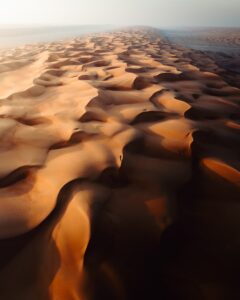
In this article featuring Witold Ziomek, we explore five essential principles for crafting powerful sunset dune photography through editing. Through a practical example, Witold shares his process of editing his award-winning photograph, alongside valuable insights he has gained as a dedicated traveler and photographer.

This article chronicles Mitchell Leong’s journey, who found solace and purpose through his lens. From the rugged expanses of the Canadian Rockies to the ethereal allure of starlit nights, each photograph tells a story of resilience, exploration, and the profound impact of the natural world. Through his lens, he seeks to bridge the gap between science and art, using photography as a tool for conservation and storytelling. Along the way, he shares invaluable lessons learned, from embracing fear to trusting in the power of storytelling.
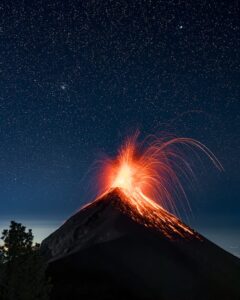
This article follows Phil’s path as a photographer, sparked by his unwavering love for exploration and ignited during post-university travels. Through his lens, we traverse Phil’s transformative journey across captivating landscapes, from the rugged beauty of the Canadian Rockies to the fiery spectacle of Volcán de Fuego in Central America, where he captured the winning shot.
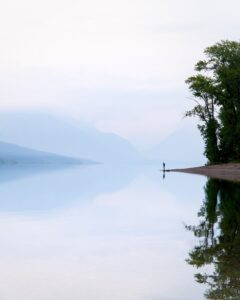
In this article, we delve into the journey of photographer Amirali, whose passion for photography was ignited amidst the challenges of academic life and the chaos of the pandemic. Through his lens, we witness Amirali’s transformative exploration of landscapes, from the serene landscapes of Finland to the mystic scenes of Montana’s nature, where he took a shot that won the Best of the Week.
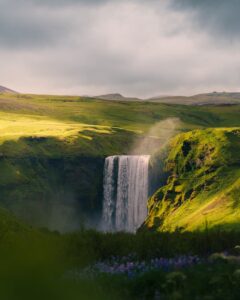
Inspired by a newfound love, Michael transforms the blank pages of his life into a vibrant canvas of nature and exploration. In this article, you can read about the profound lessons learned—from prioritizing living over routine to the art of editing and the magic of impromptu adventures—and witness the evolution of a photographer’s passion amid the breathtaking landscapes of Denmark and Europe.
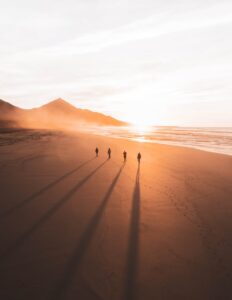
In 2017, Mathieu Morel’s first trip to Iceland marked a turning point in his photography journey. His photograph taken at Cofete Beach in Fuerteventura reflects the lessons he’s learned along the way. Thanks to the support of our community’s votes, he emerged as the winner of our weekly contest.
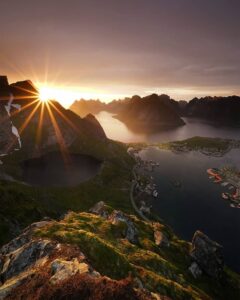
Barbara Thoeny won our weekly contest thanks to a golden hour photo in the beautiful Lofoten Islands. This article teaches us about her winning shot, passion for capturing the northern lights, and most valuable experiences as a solo traveller and photographer.
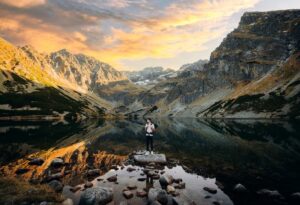
Meet Konstantin, a passionate traveler and photographer inspired by those who use their cameras to capture the world’s beauty and meaning. He aims to make each photo as unforgettable as the moment itself, emphasizing the importance of a positive attitude and cherishing the present moment.
© 2020 Nomadict. All rights reserved.
